The Archipelago Natural & Human History
Wondering how nature and human history intertwined on the Galapagos Islands? The islands are famous for their unique wildlife and geological features. This article will explore both their natural wonders and rich human history.
Stick around to uncover fascinating facts about this amazing archipelago
Natural History of the Galapagos Islands
The Galapagos Islands have a rich and unique natural history. You can find fascinating volcanic landscapes and extraordinary wildlife there.
Volcanic Geography
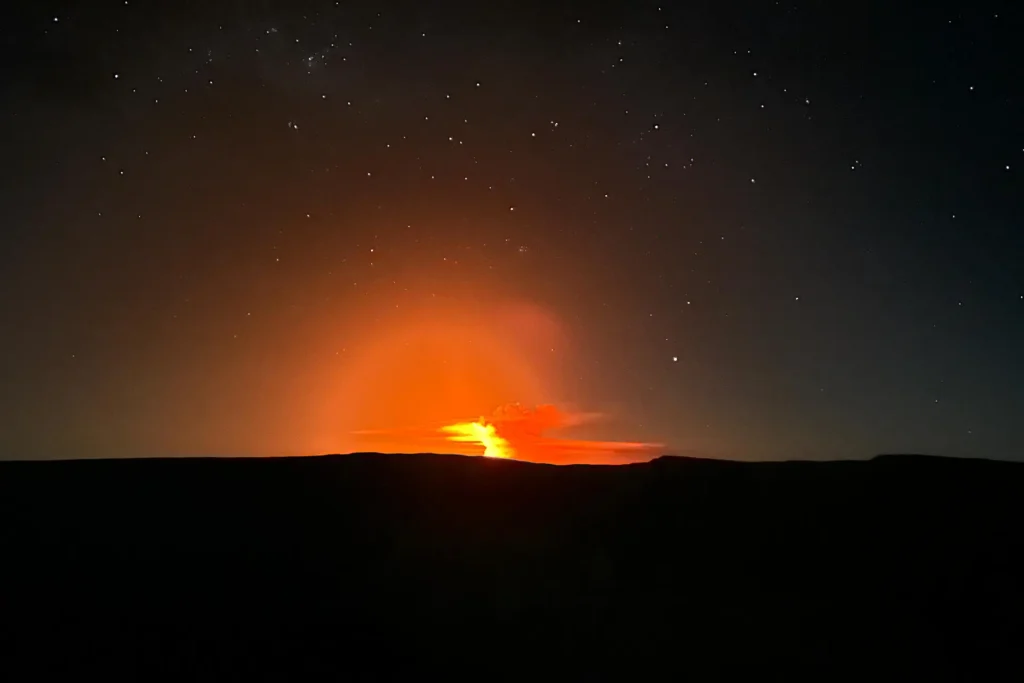
The Galapagos Islands are 600 miles off the coast of the Pacific Ocean. Their volcanic geography is key to their formation and beauty. Tectonic plates move under these islands, creating volcanic hotspots.
Lava flows from eruptions have shaped the land over millions of years.
Magma chambers beneath the surface produce intense heat and pressure. This leads to volcanic eruptions that form new land surfaces. Craters fill with water, turning into crater lakes.
All these geological formations make the Galapagos unique and stunning.
Diverse Plant Life
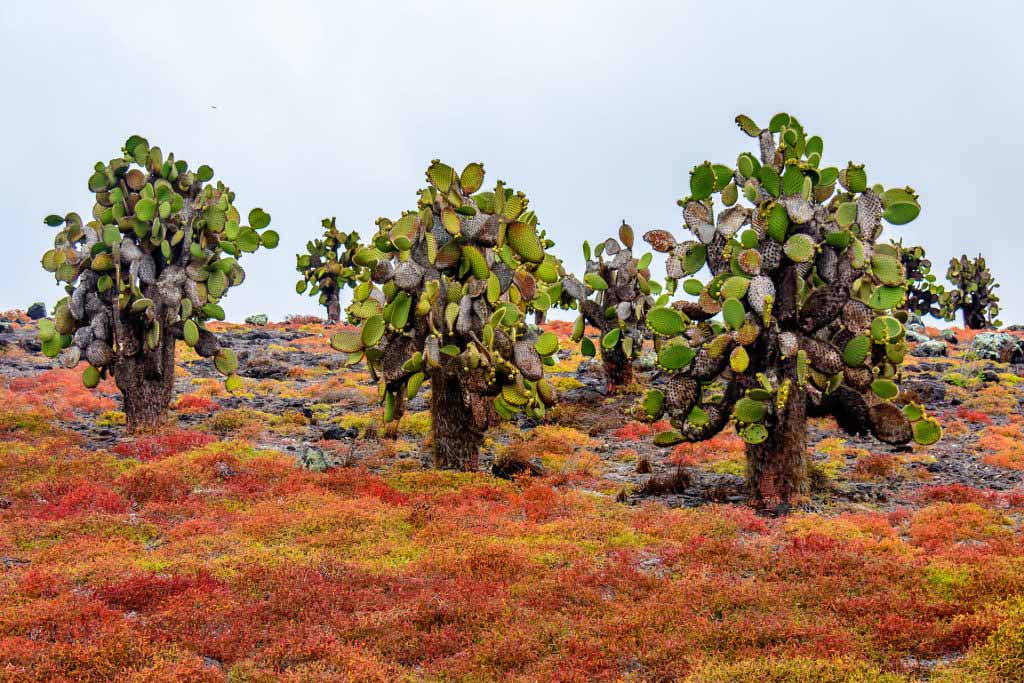
Giant Tortoises

Giant tortoises live on the Galapagos Islands. They are one of the most famous animals there. These gentle giants can weigh up to 500 pounds and live over 100 years. The name “Galapago” means giant tortoise.
Charles Darwin studied these tortoises in his work on evolution. Each island has its own unique tortoise species, showing how they adapted to their habitats. Sadly, they are now an endangered species due to habitat loss and hunting.
Conservation efforts aim to protect them and their ecosystem.
Swimming Penguins
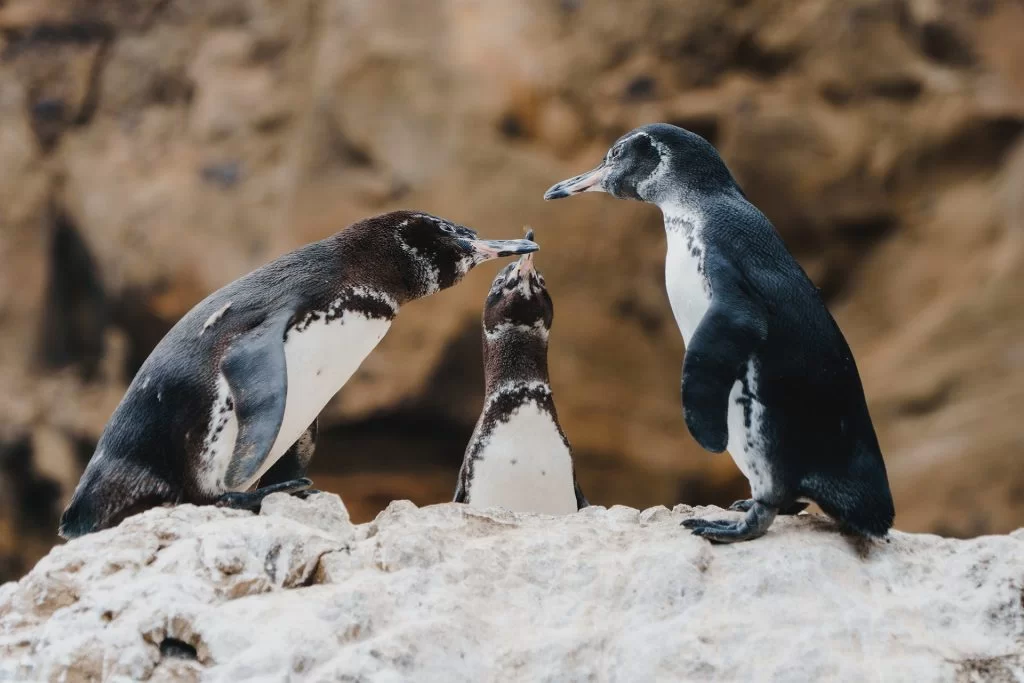
Human History of the Galapagos
Early Speculation and Dismissal
In the 1400s, people thought ancient civilizations might have visited the Galapagos Islands. Some linked these visits to Inca Tupac Yupanqui. Early explorers believed he led a voyage of exploration across oceans and reached these islands.
But this theory has little solid proof. Historical records do not confirm such journeys by the Incas. Most historians dismiss this idea due to the lack of documented evidence or archaeological findings on the islands suggesting such early contact.
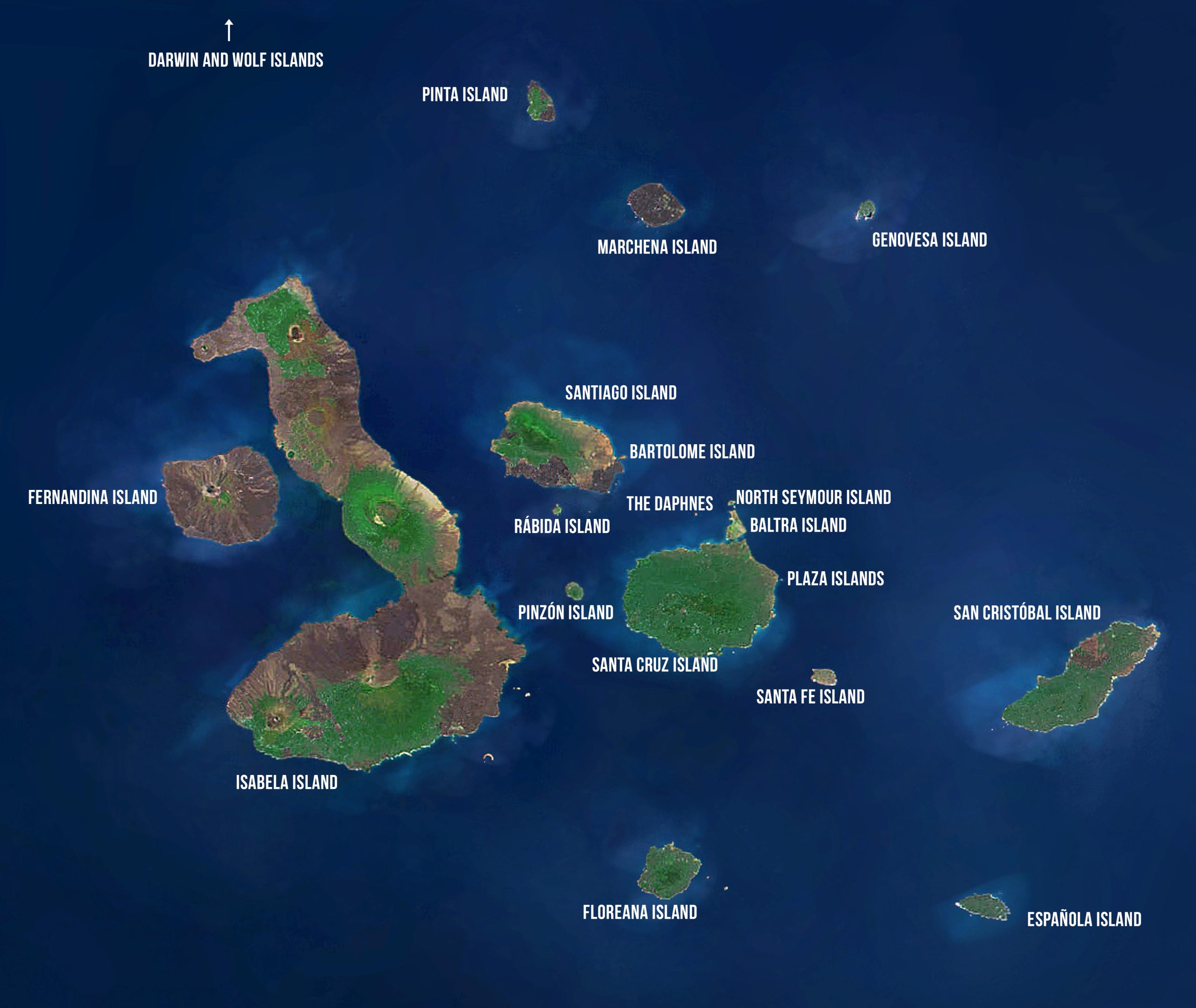
Fray Tomas de Berlanga's Discovery
Fray Tomas de Berlanga, the Bishop of Panama, made a historic visit to the Galapagos Islands in 1535. He was on his way to Peru to check on some Spanish conquistadors. Strong ocean currents pushed his ship off course and led him to the islands.
His crew searched for fresh water but only found some by cutting into native cacti. They saw amazing wildlife they had never encountered before. Berlanga reported these findings to King Carlos V of Spain, highlighting the unique animals he observed there.
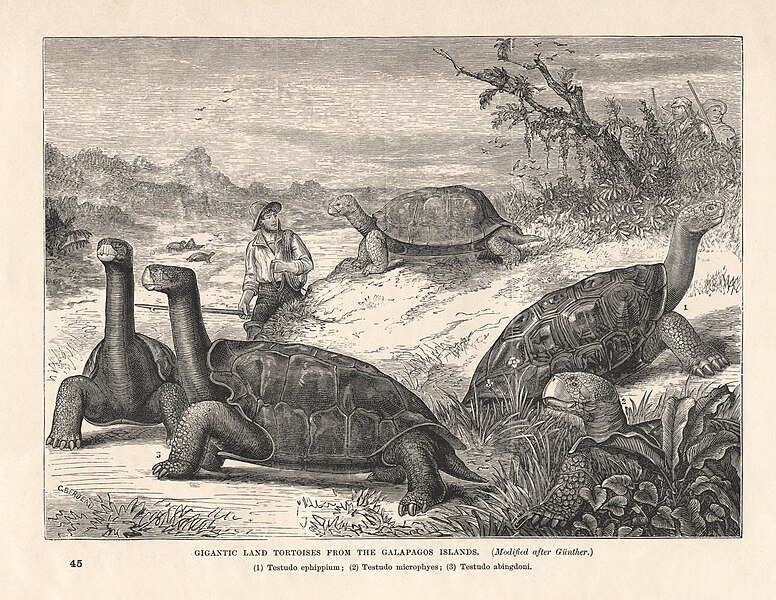
Naming of the Islands
In the late 16th century, explorers named the islands “Insulae de los Galopegos.” This name referred to the giant tortoises found there. In 1546, soldiers called them “Las Islas Encantadas,” meaning The Enchanted Islands.
The name Galapagos comes from “galápago,” which means giant tortoise in Spanish. These names highlight both the wildlife and mystery of the archipelago.
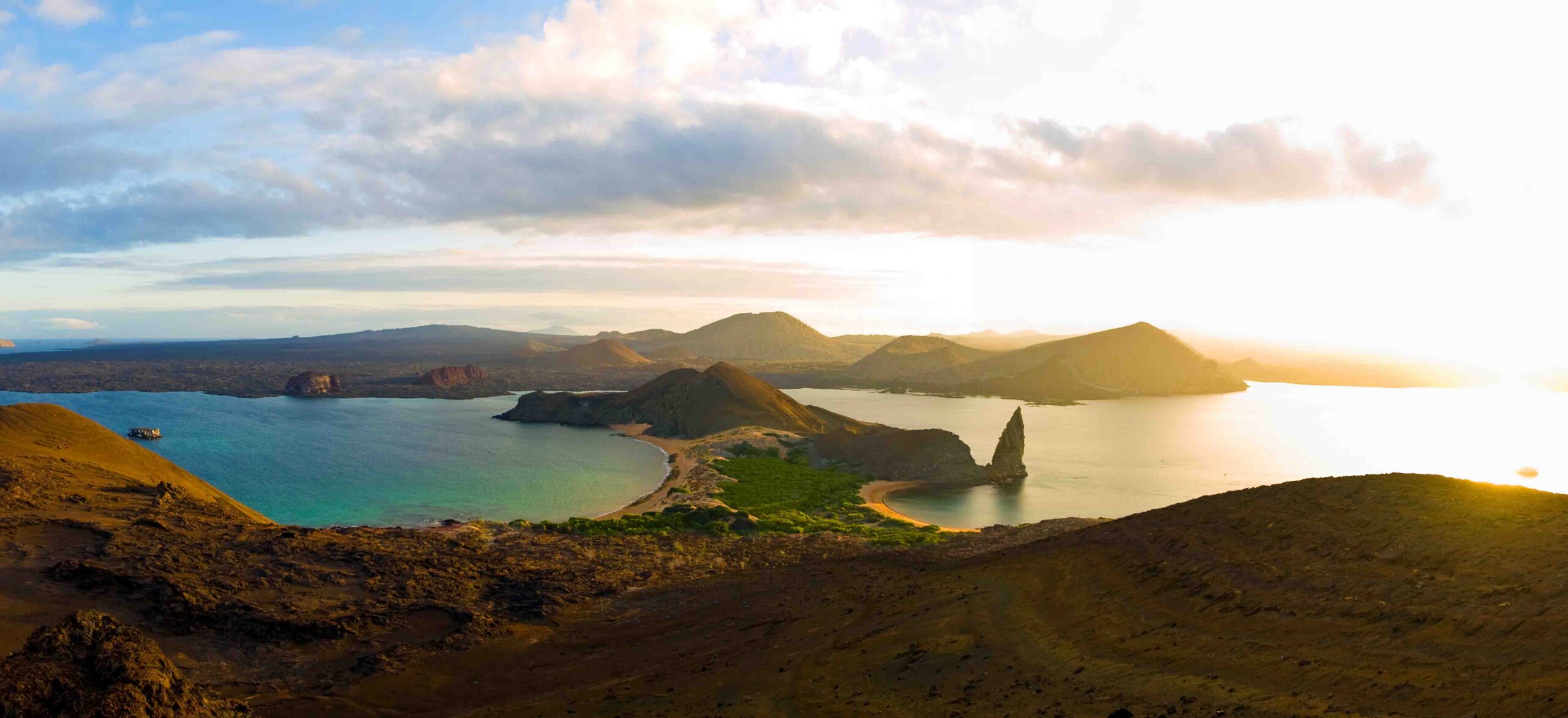
Use by Soldiers, Buccaneers, and Whalers
The Galapagos Islands have a long history of use by soldiers, buccaneers, and whalers. These groups left a big impact on the islands.
- Soldiers exiled from Pizarro’s command in 1546 were among the first to use the islands.
- Buccaneers like William Ambrose Cowley visited in 1684.
- English buccaneers took refuge here during conflicts with the Spanish Armada.
- Whaling ships frequented the Galapagos in the 1800s.
- Their hunting reduced elephant tortoise populations.
- Sperm whales neared extinction due to heavy whaling.

The Galapagos Islands have a rich natural and human history. They hold wonders like volcanic landscapes, giant tortoises, and swimming penguins. People have explored these islands for centuries, from early explorers to soldiers and whalers.
Today, the Galapagos continue to be a hub for research and conservation efforts. Their story is still unfolding with every new discovery.